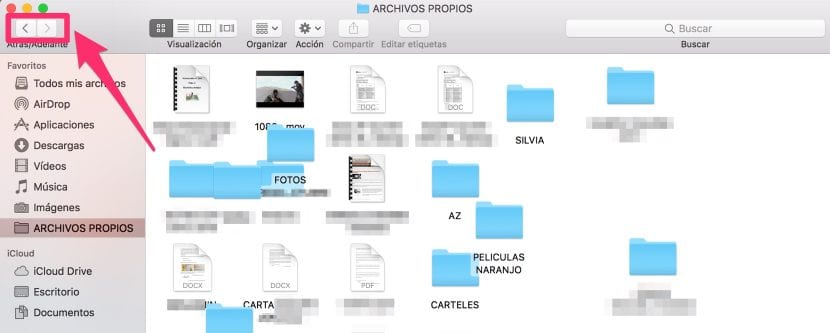
A few days ago I had a conversation with a very good colleague from the Mathematics subject, Fefi Martín, who came to the Mac world thanks to my insistence. When he bought the MacBook Air a few years ago he insisted a lot that he needed an external mouse to be able to handle the computer well, something that I denied him from the first moment and he had to realize that the trackpads on modern Macs are so powerful and responsive that they take laptop use to another level.
Proof of this are the more and more gestures that we are able to do with it as well as the adoption of the Force Touch technology that they currently have. I tell all this because I want to share with you a way of move files in the folder hierarchy through which we have navigated to reach those files that the trackpad does very quickly.
We often navigate in the folder hierarchy in the form of a list to be able to select a certain number of files and take them to a previous folder. What many users do is select the files, copy them and then go back to the desired folder and paste them, finally returning back to the initial location and deleting the files that were moved.

Well, what we want to tell you is that if you select a certain number of files in a folder you can take them to the upper folders simply by moving the cursor to the two arrows in the upper left part of the window. If you want to go back in the navigation hierarchy, you must move the selected files to the back arrow and stay on top of it until it blinks and goes up to the upper folder.
In this simple way you can take files from an internal folder to a higher one. Don't hesitate and try this little trick right now.